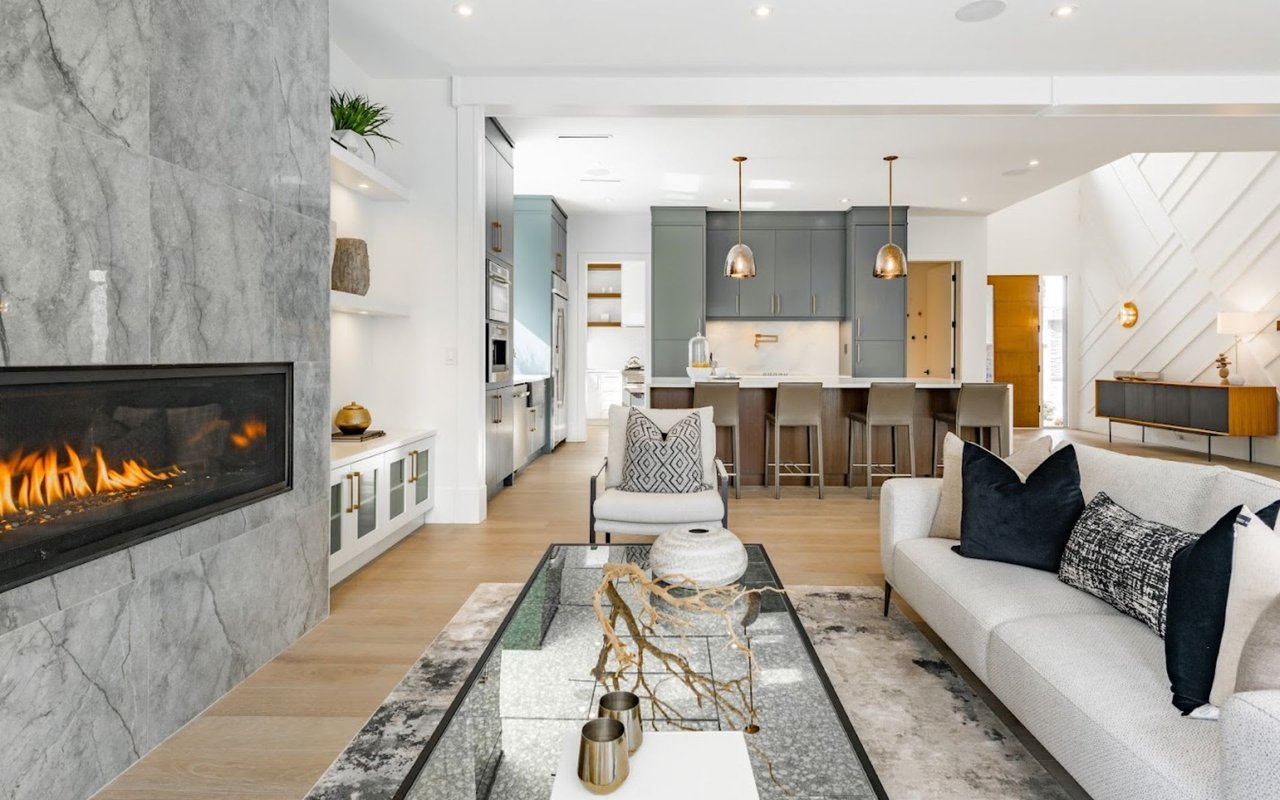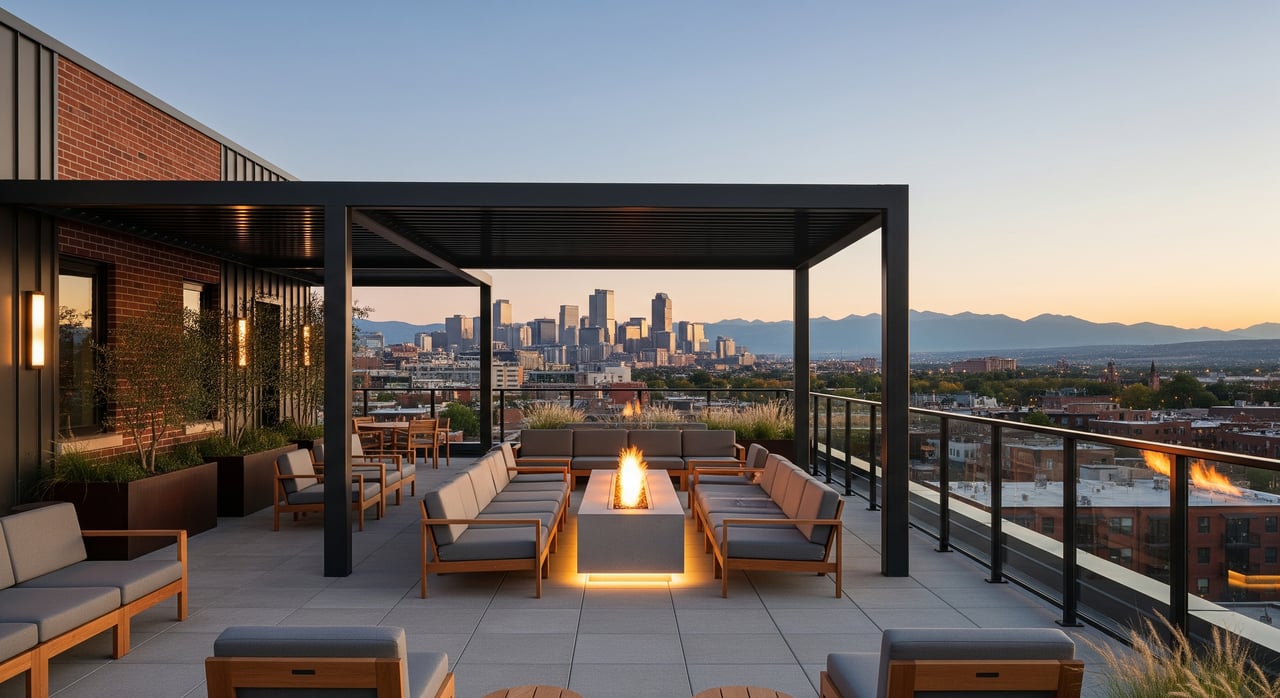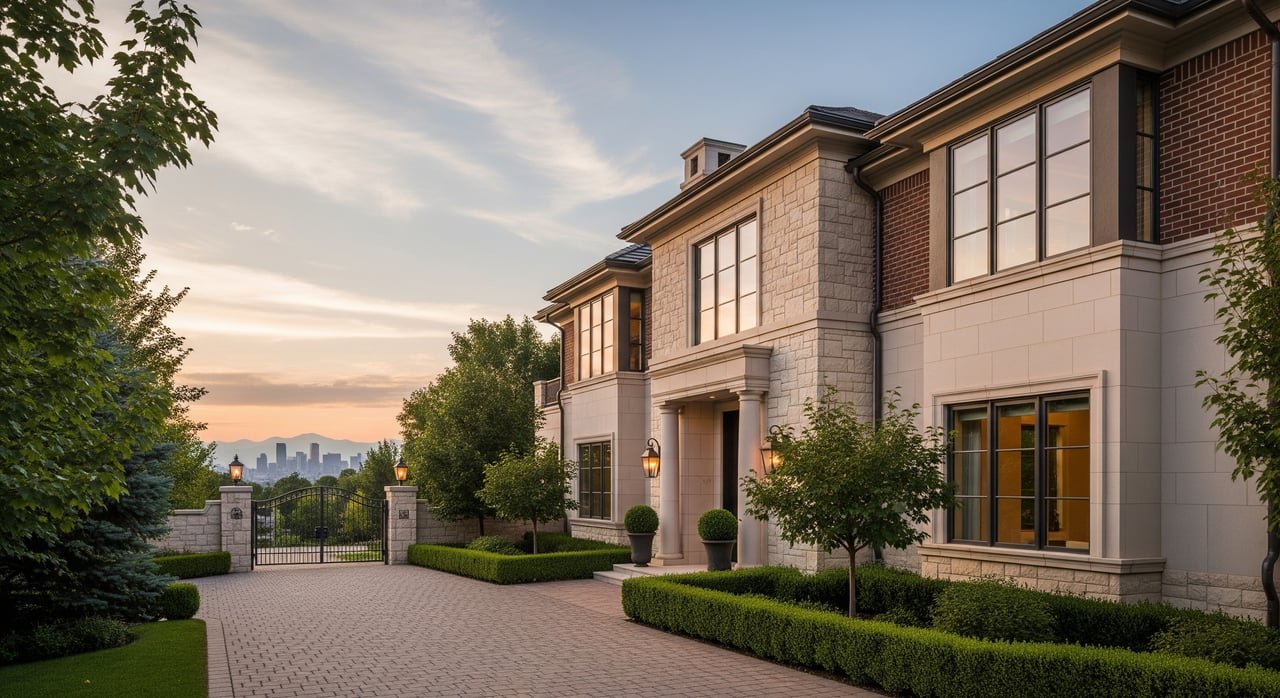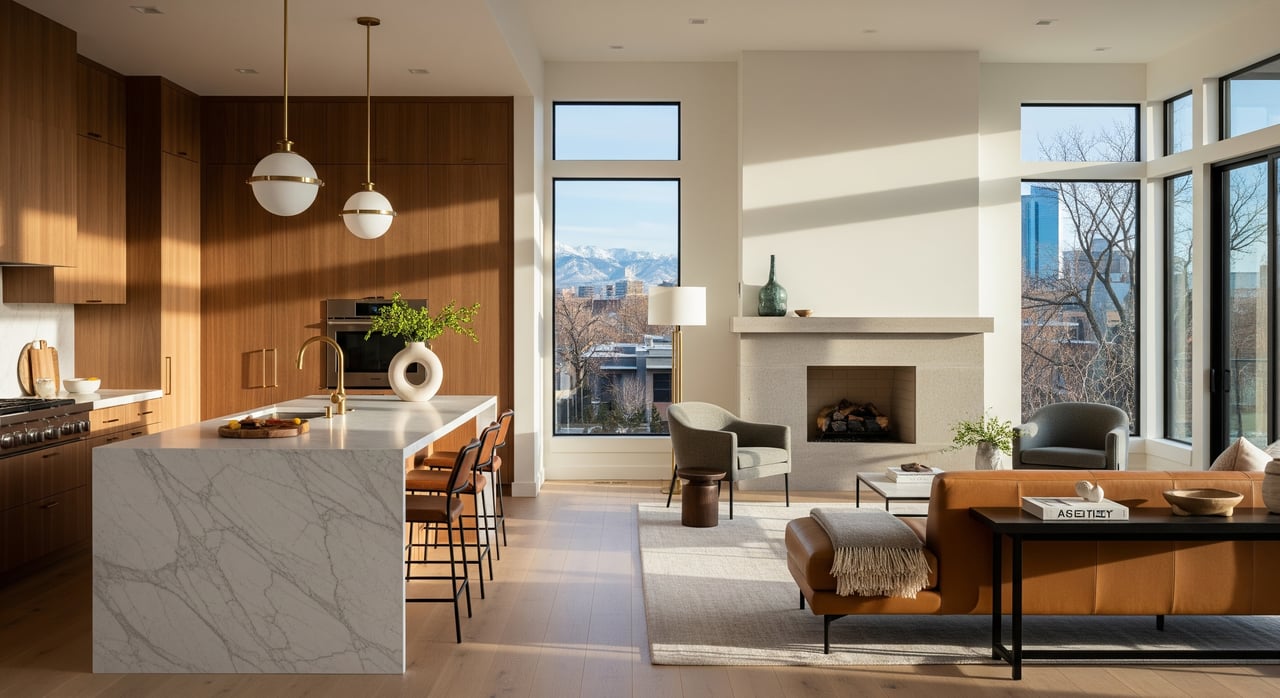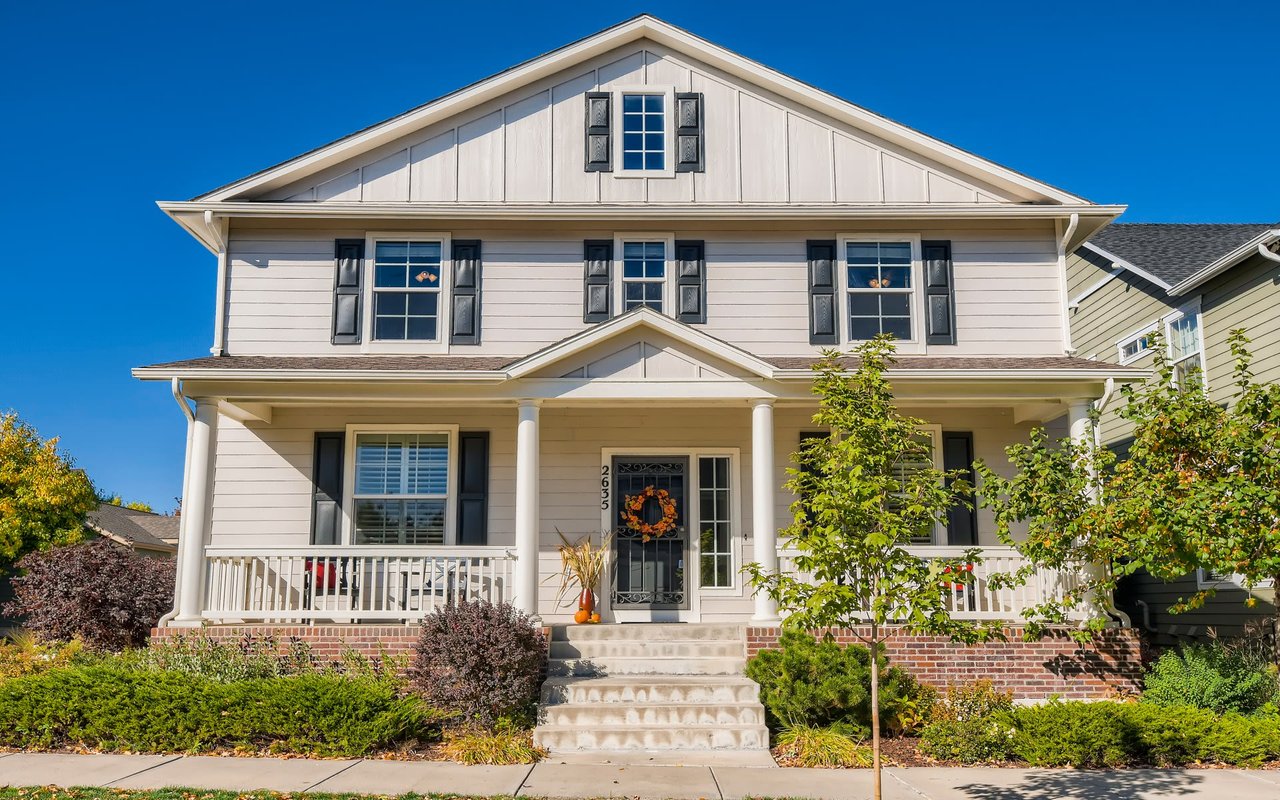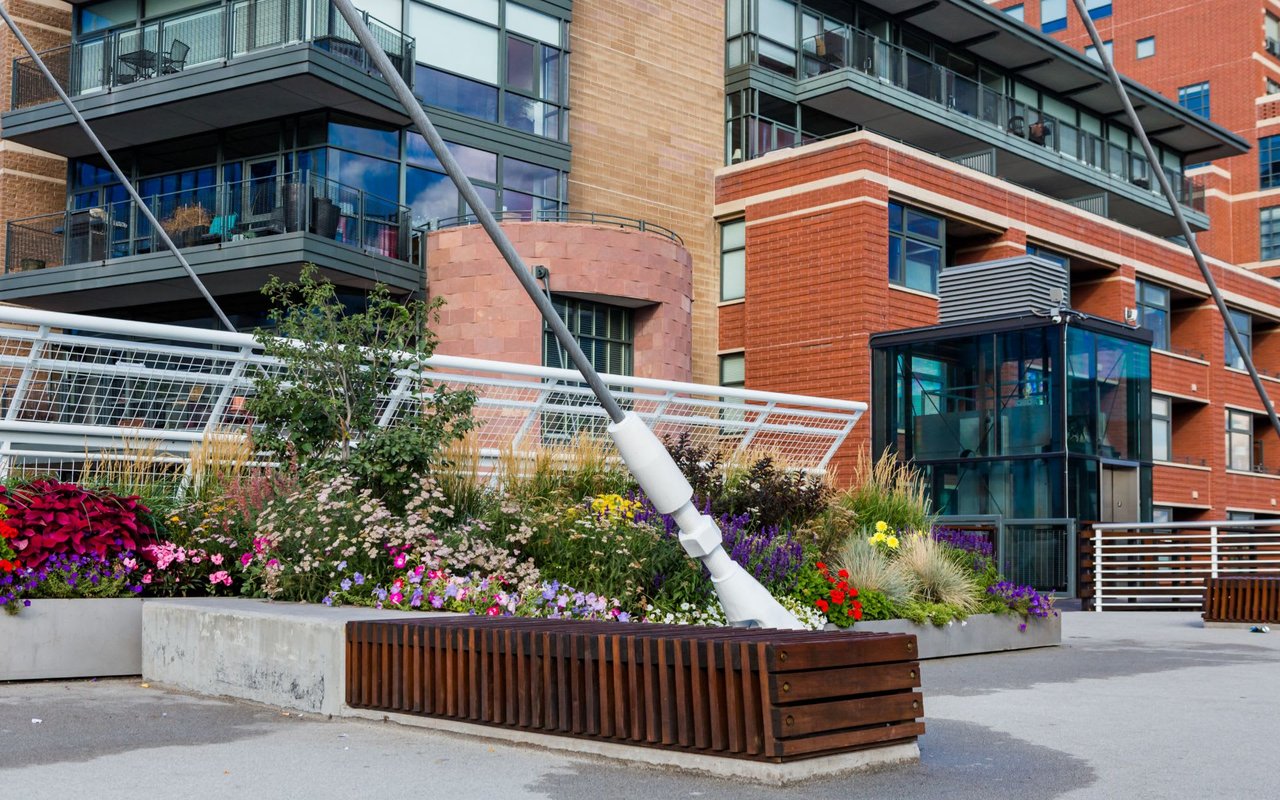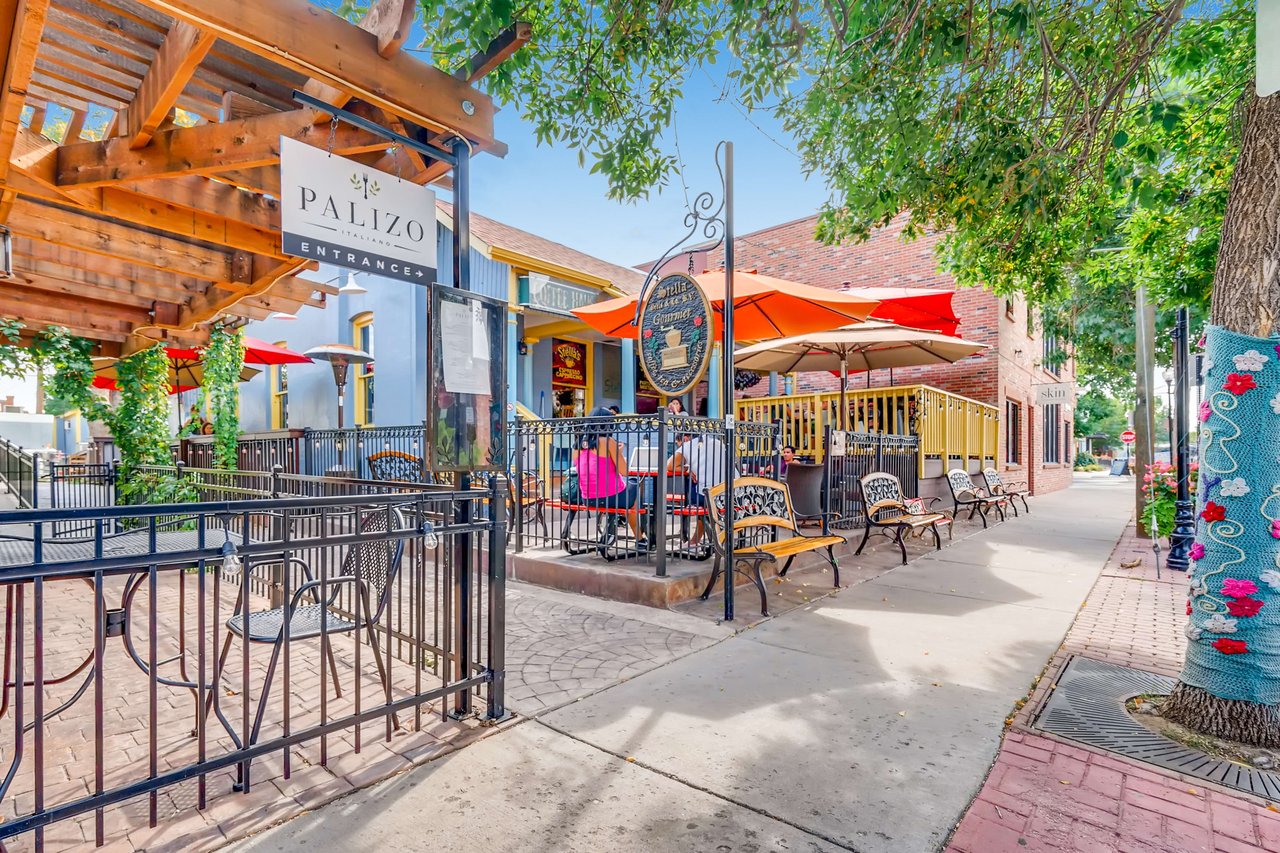Like many of you, I love looking at homes, from the architecture and the color schemes to the thoughtfulness of the interior design and the unique style and personality of each space. As a Realtor® at Kimber Ward Real Estate, I get an up-close look at a lot of properties. I also peruse multiple design magazines and blogs and unabashedly watch HGTV — admiring, dreaming, and yes, sometimes envying the amazing homes of others.
Unfortunately, I haven’t had the chance to do a lot of interior design projects for my own home. I’ve replaced all the old windows, the sewer line, the roof, and the hardwood floors but haven’t done the “wow, that looks amazing” kind of updates. I live in a 1909 bungalow in Platt Park, a cute neighborhood near Wash Park and Cherry Creek in Denver. When I bought it 20 years ago, it had been updated many times in a mish-mash way, resulting in a mix of utilitarian fixes and somewhat questionable style changes. But now, I get to make the changes. In fact, I’m doing a total remodel with a new addition. Everything in the old part of the house has been stripped down to the lath and plaster, and the new addition is in the framing stage. You might be thinking, “Great, a blank slate!” But, in reality, a blank slate can be intimidating.
So, to start, I enlisted an interior designer friend of mine, to help me in my time of need. I asked her to give me some big-picture themes and design tips that I should think about as I start my project. In turn, I thought I would pass them along to you. I hope they’ll save you some time, money, and sanity.
1. Start with a plan
2. Think about the essentials
3. Don’t forget the focal point
4. Make the base layer timeless
Your base layer is your large furniture pieces, such as your dining room table or living room sofa. These are the pieces you’ll bring along if you move to another home. Other layers include smaller pieces of furniture and accessories. These pieces are easier to change later on, and you can get more creative with these elements.
5. Consider how traffic flow impacts your layout
Make sure each room has sufficient circulation. Most designers recommend creating a four-foot-wide walkway between significant furniture pieces and leaving at least 18 inches of breathing room between smaller pieces.
6. Choose your light fixtures carefully
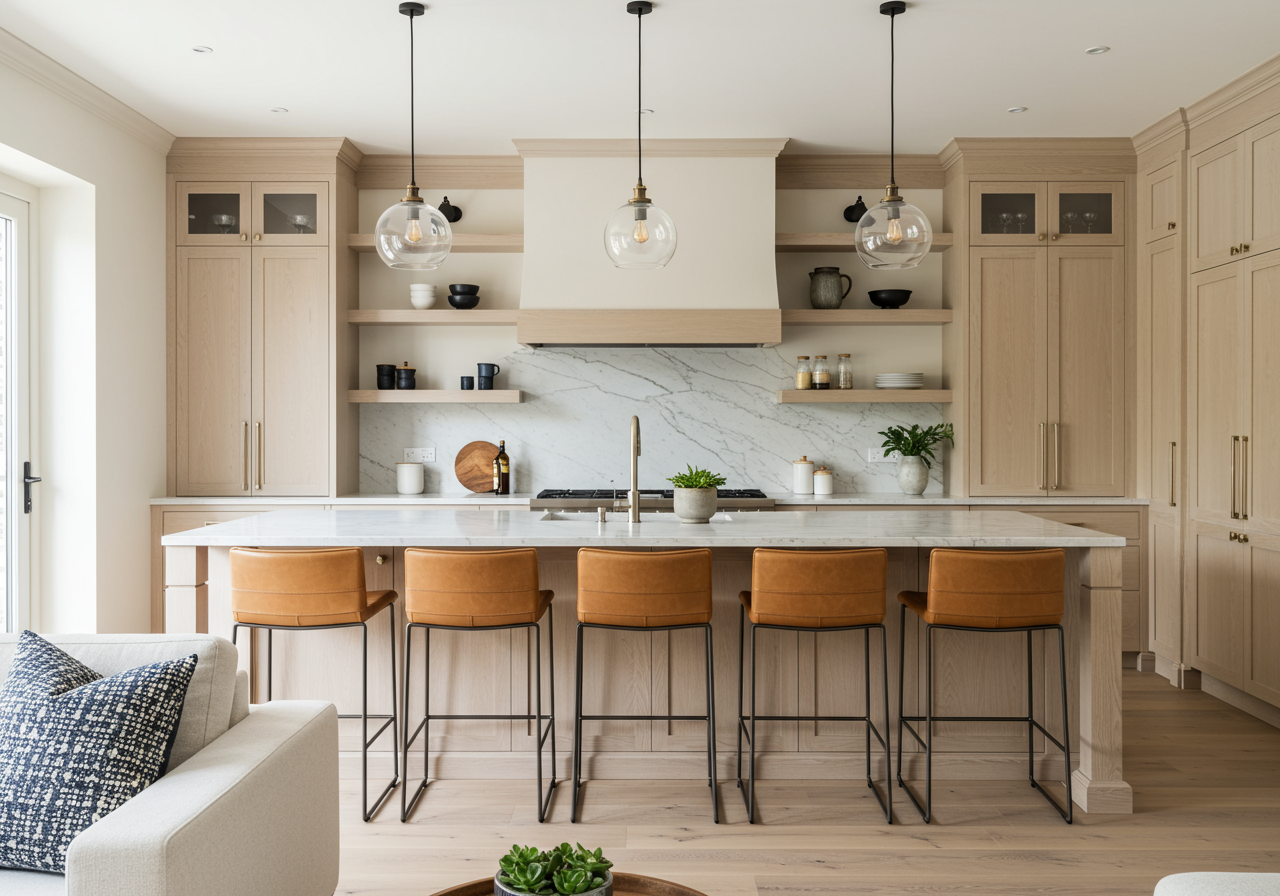
One light source probably isn’t enough. Most interior designers recommend choosing at least three light sources for each room. This allows you to manipulate the lighting to achieve your desired ambiance. To take it one step further, you may choose lights with dimmers to raise and lower the brightness as necessary. And, to top it off, choose the right outlet and light switch plates. If you’re using gold finishes, top off the room with gold light and outlet plates.
Experiment with multiple proportions
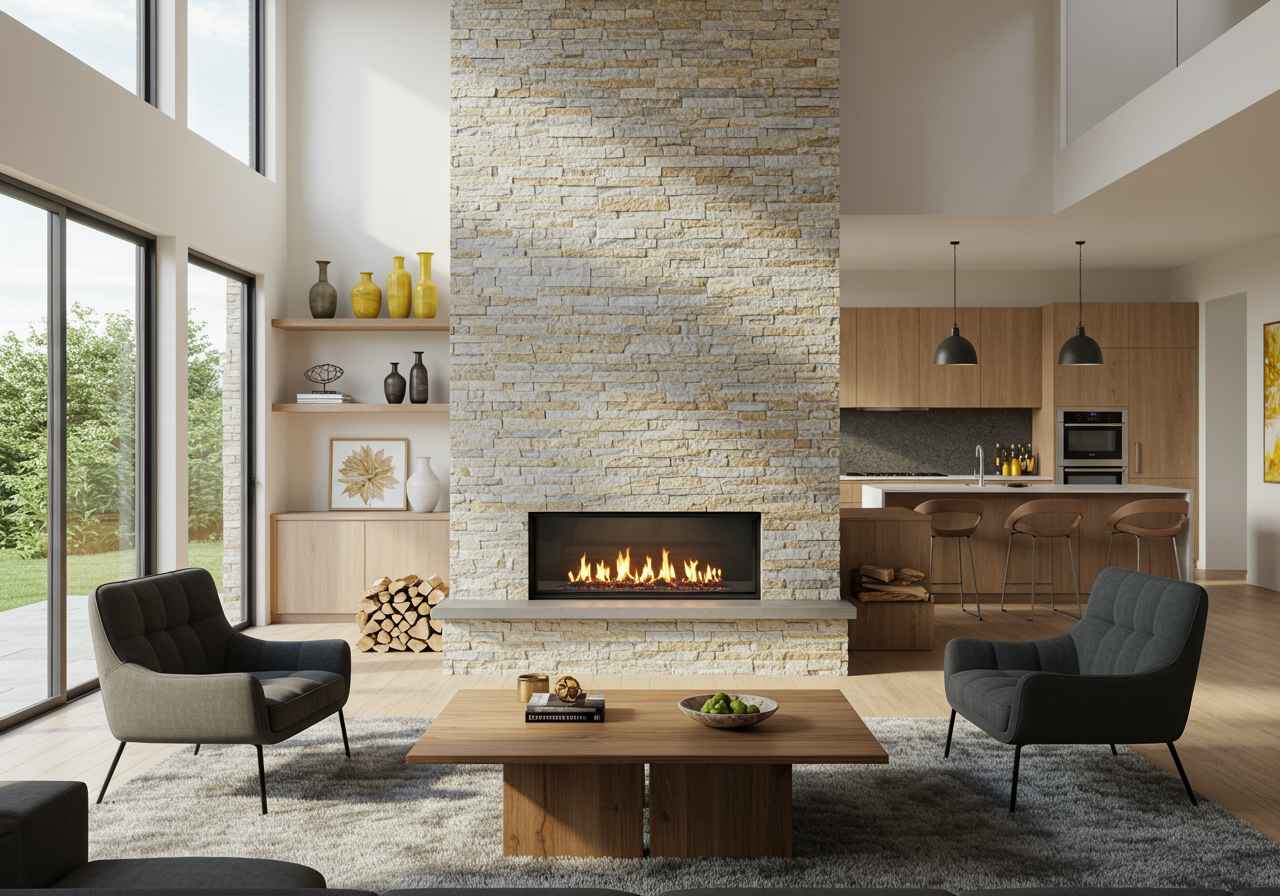
Not all of your pieces have to be large. At the same time, though, you don’t want only small pieces, either. Choosing pieces of various sizes will give new dimensions to your room. It also helps eliminate clutter, ensuring you don’t have so many elements in your space that it feels overly busy or crowded.
7. Choose pieces with multiple functions
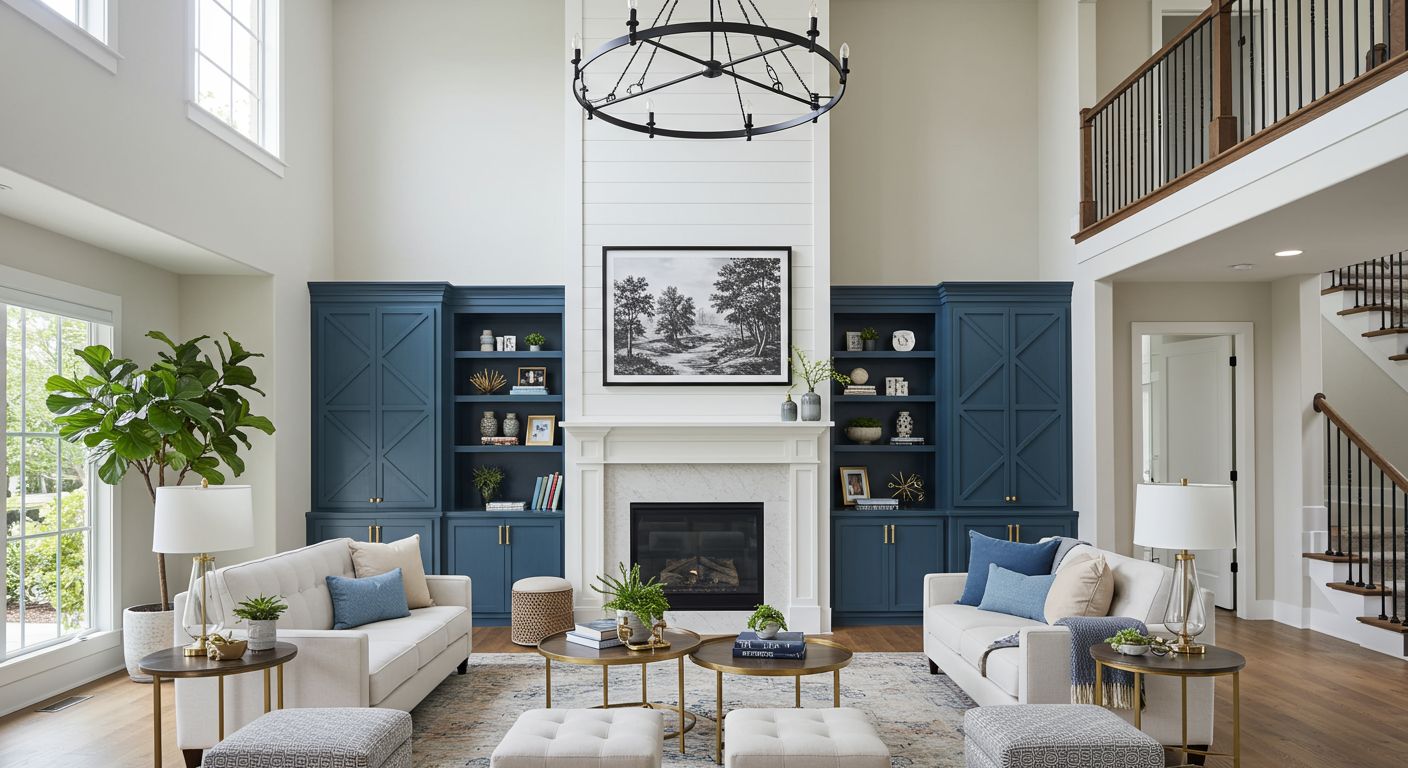
Many tables function as storage pieces. For example, an ottoman works as a coffee table, a footrest, and additional storage all in one. In addition, a throw pillow that usually sits on your couch could also serve as an excellent floor seat. Versatile furniture maximizes your space without overwhelming rooms with too many items.
8. Put artwork at eye level
9. Keep furniture off the wall
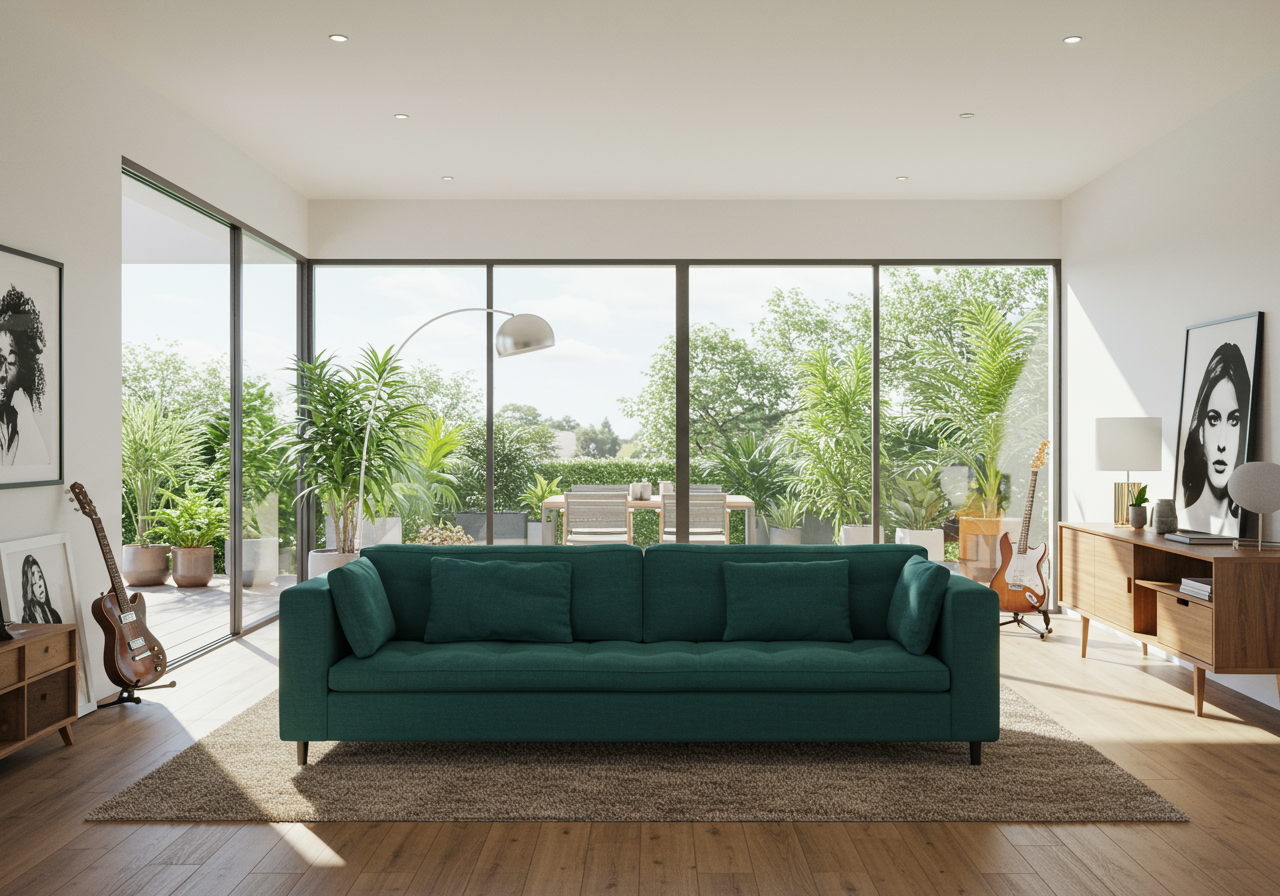
Many owners of Platt Park homes make the mistake of thinking that their rooms will feel more spacious and open if they push their furniture up against the wall. However, this is rarely the case. Keep furniture in the middle of the room; you’ll be surprised at how much this impacts the appearance and functionality of the space.
10. Add more natural light
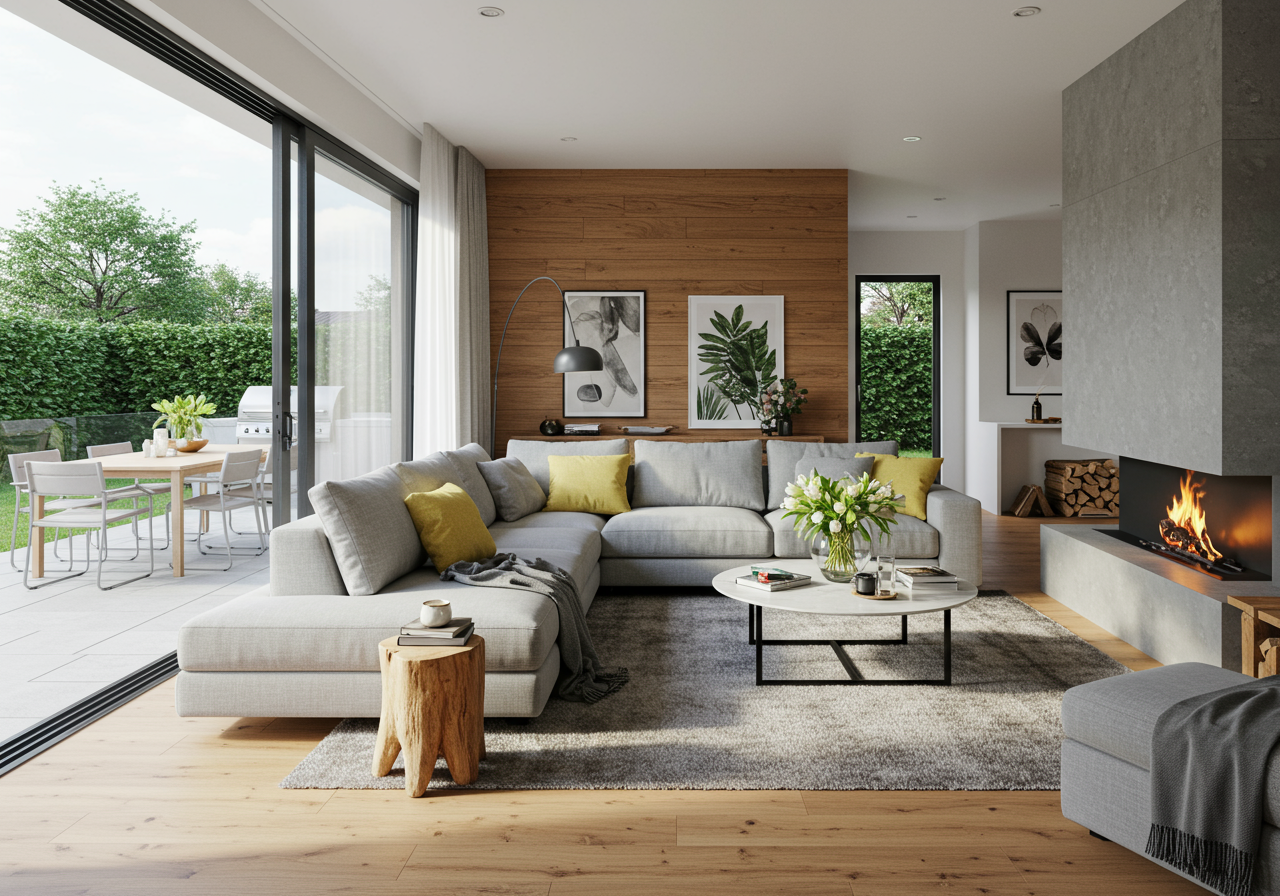
Many Platt Park homes are also blessed with abundant natural light. However, even if this isn’t the case in your property, there are still some creative ways to bring in more natural light. Start by looking around your windows to see if any trees are blocking more light from coming in. Give these trees a slight trim, or replace them with smaller plants.
If you haven’t cleaned your windows in a while, this is another way to bring more light inside without undergoing any major home renovations (not fun, true, but can make a huge difference!). More ways to boost natural light inside involve using mirrors, adjusting the color scheme, and adding skylights.
Bottom line
Give me, Kimber Ward, a call if you’re thinking about buying or selling in the Platt Park or Washington Park (Wash Park) area. I would love to connect with you and learn more about your real estate goals and discuss your next home in Denver.
If you want to navigate Wash Park or Platt Park real estate or similar local markets, contact me, Kimber, today.
*Header
